Manhattan Project
The lyrics provide a detailed narrative of the assembly and efforts of scientists involved in the Manhattan Project, capturing both the secrecy and the profound implications of their work:
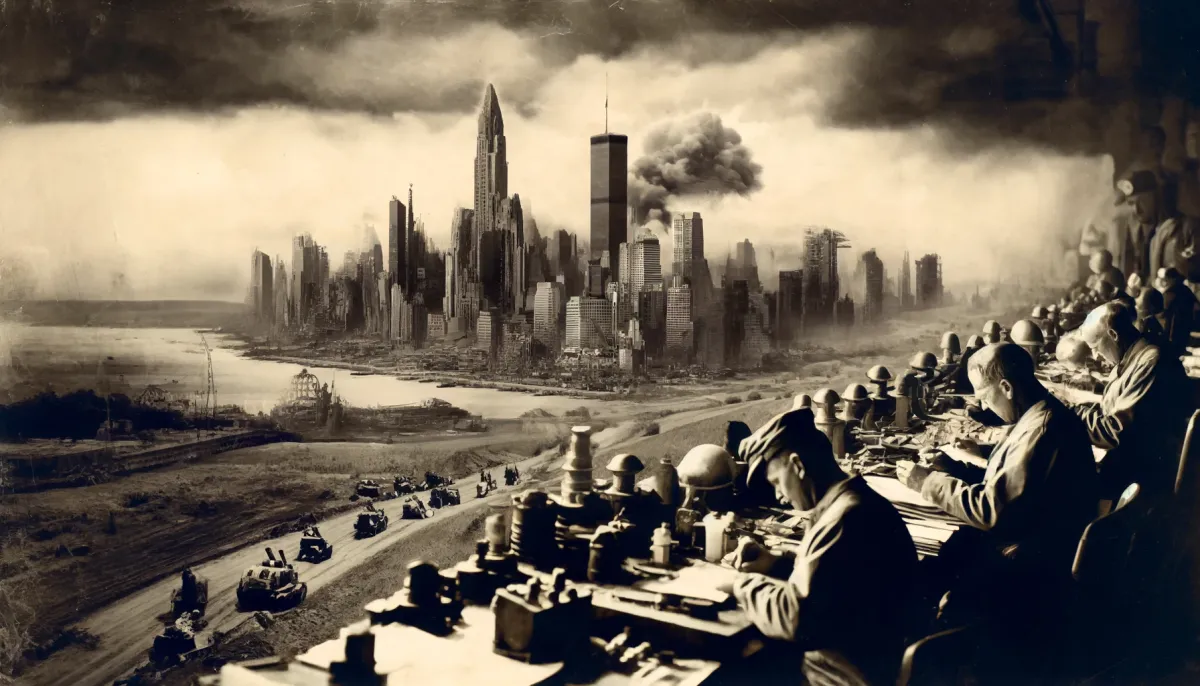
The lyrics of "Manhattan Project" by Rush, from their album "Power Windows," paint a vivid picture of the development of the atomic bomb during World War II. The song opens by inviting listeners to imagine the context of its setting: the closing days of a war where a powerful weapon was sought to end the conflict decisively.
The lyrics detail:
- The race to develop the bomb: "Imagine a time when it all began in the dying days of a war / A weapon, that would settle the score."
- The competition and urgency: "Whoever found it first / Would be sure to do their worst / They always had before."
- The scientists involved: "Imagine a man / Where it all began / A scientist pacing the floor," which likely refers to figures like J. Robert Oppenheimer and his peers.
- The drive for technological superiority: "In each nation, always eager to explore / To build the best big stick / To turn the winning trick."

The chorus, "The big bang, took and shook the world / Shot down the rising sun," refers to the detonation of the bomb and its catastrophic impact on Hiroshima, symbolized by the phrase "rising sun," alluding to Japan.
Details from the band's work on the album "Power Windows" provide context:
- Theme of power: As Alex Lifeson explained, the album deals with different aspects of power, including scientific and interpersonal.
- Rush's history with science fiction themes: This is not new territory for Rush, who explored similar themes in their earlier works, like the 1976 album "2112."
- Neil Peart's thorough research: Peart's dedication to understanding the Manhattan Project included reading extensively about the subject to accurately portray the events and the gravity of developing nuclear weapons.

Peart's lyrics are meticulously crafted to convey the tension and the ethical dilemmas faced by those involved in the Manhattan Project. The band's efforts to match the lyrical structure with the music were crucial, as described by Geddy Lee and Alex Lifeson, to maintain the song's integrity and emotional impact.
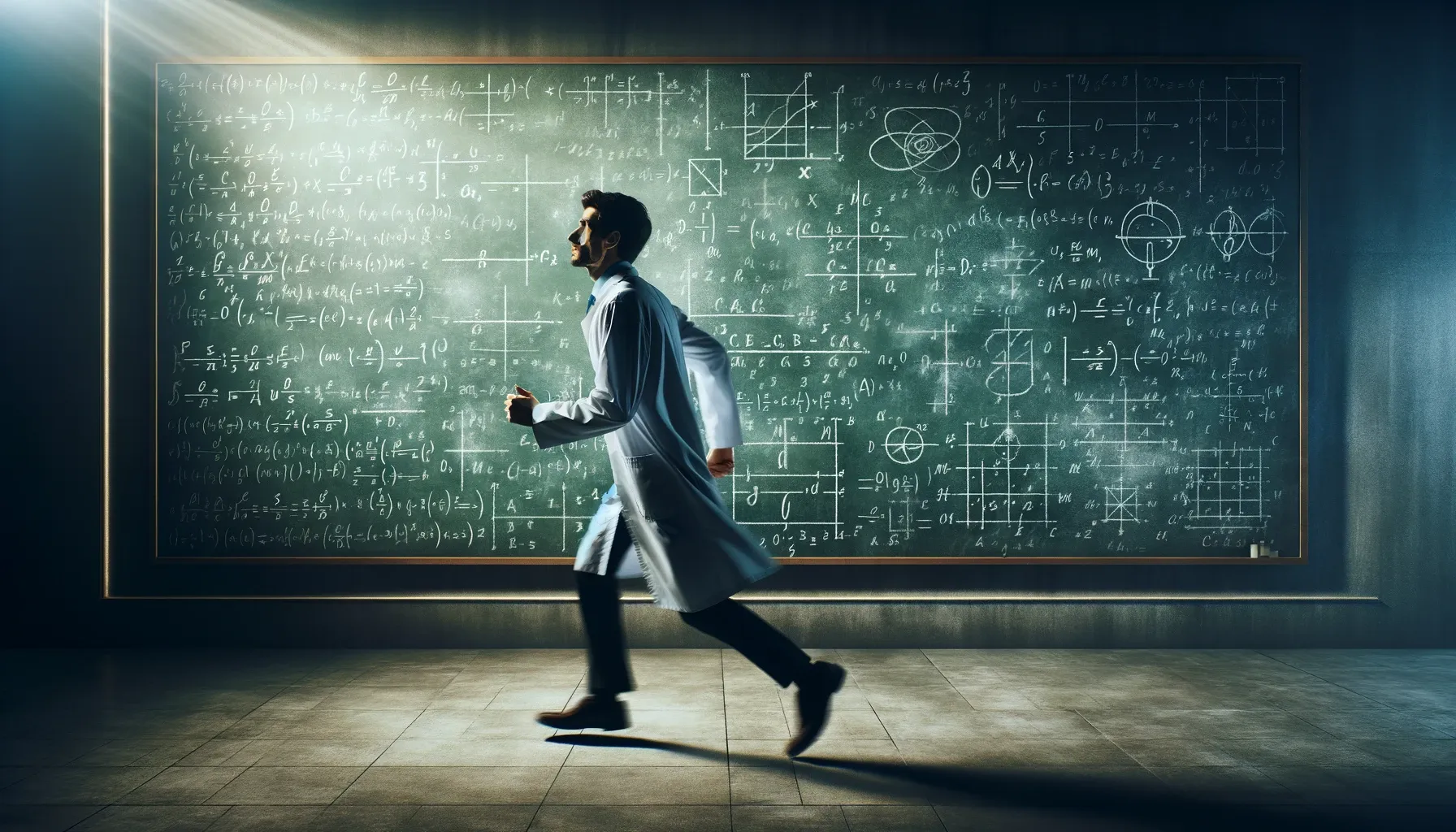
The lyrics delve into the motivations and actions of the scientists involved in the development of nuclear weapons during World War II. The imagery and phrasing highlight several key aspects:
- Central figure: "Imagine a man / Where it all began / A scientist pacing the floor" introduces the scientist, likely representing figures like J. Robert Oppenheimer, who played crucial roles in the Manhattan Project. This evokes a sense of anticipation and restlessness.
- Global race: "In each nation, always eager to explore" points to the international competition among scientists from different countries, all racing to unlock the secrets of nuclear power. This underscores the urgency and high stakes involved.
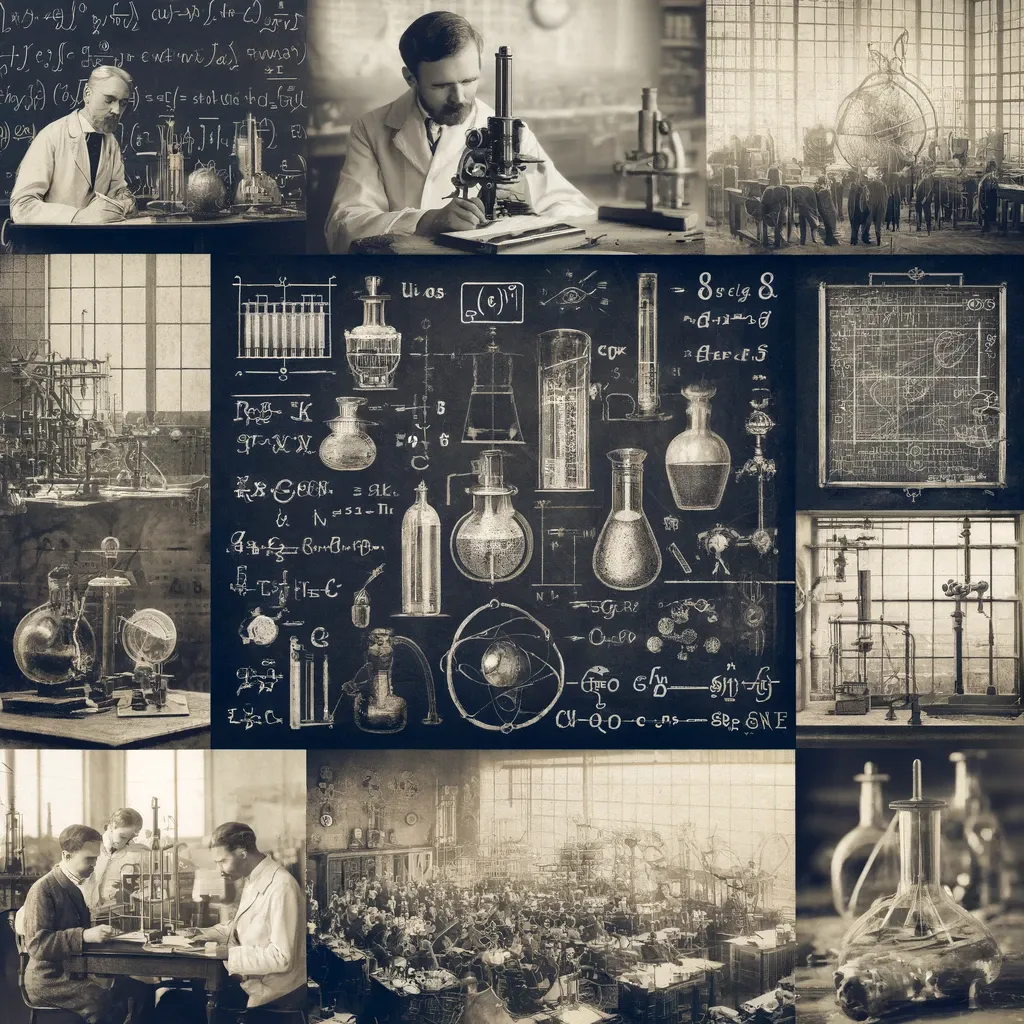
- Quest for dominance: "To build the best big stick / To turn the winning trick" refers to the pursuit of creating the most powerful weapon, symbolized by the "big stick." This is a metaphor for military might and strategic advantage, echoing Theodore Roosevelt's famous policy of "speak softly and carry a big stick."
- Beyond ordinary achievement: "But this was something more" suggests that the development of nuclear weapons was not just another scientific breakthrough but a monumental, world-changing event with far-reaching consequences.
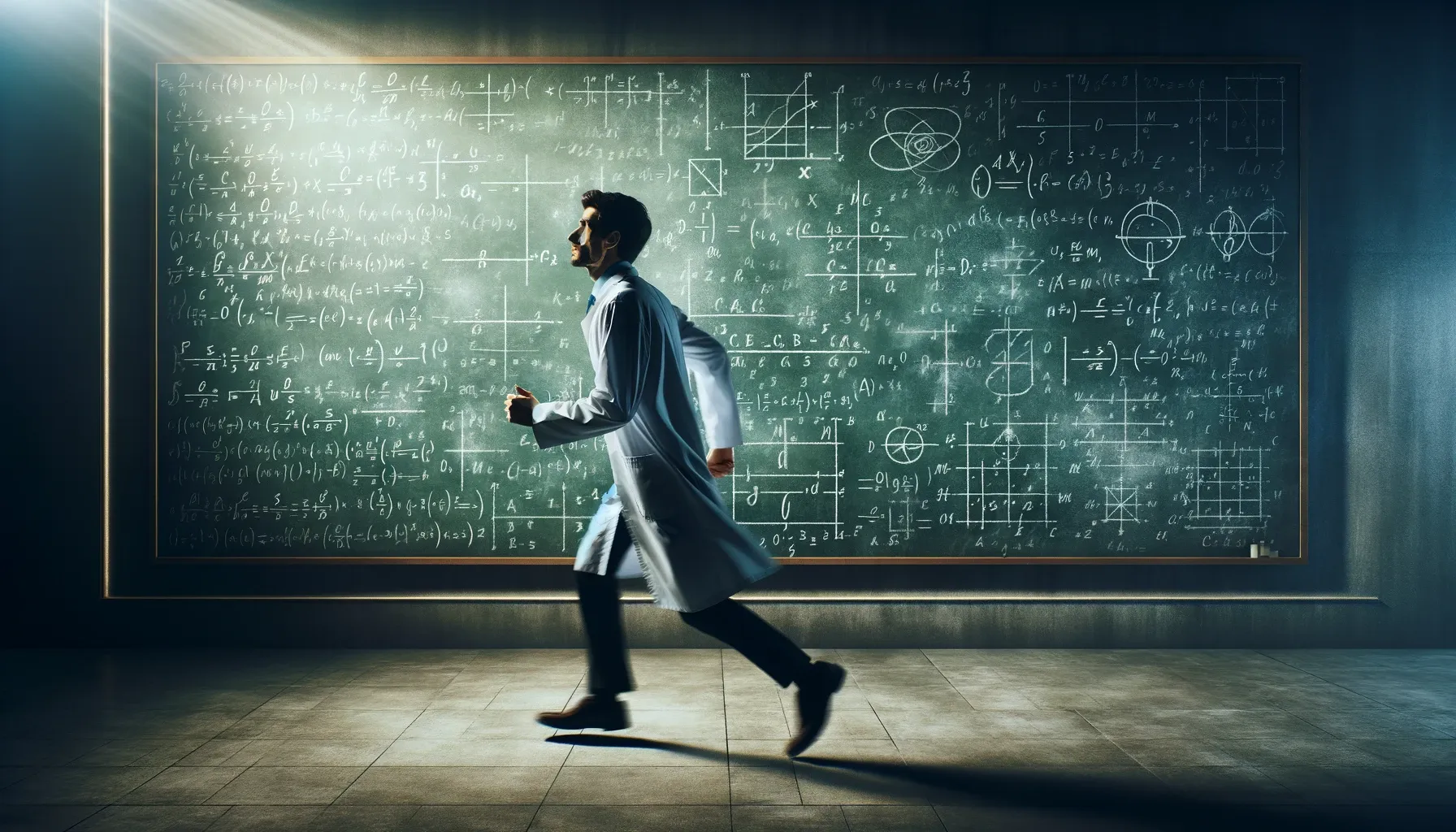
"Manhattan Project" stands as a thoughtful reflection on the dual-edged nature of scientific progress, highlighting both its potential for innovation and its capacity for destruction.
The lyrics depict the aftermath and the far-reaching consequences of the first use of nuclear weapons, focusing on their profound impact on the world:
- Explosive impact: "The big bang, took and shook the world" signifies the detonation of the atomic bomb, which had a tremendous and immediate impact on the global stage.
- Devastation of Hiroshima: "Shot down the rising sun" metaphorically refers to the bombing of Hiroshima, Japan, often symbolized by the "rising sun."
The following lines reflect the broad consequences of this event:
- Universal effect: "The end was begun, it would hit everyone / When the chain reaction was done" highlights that the effects of the atomic bomb extended far beyond the immediate destruction, affecting the entire world and ushering in a new era of nuclear threat.
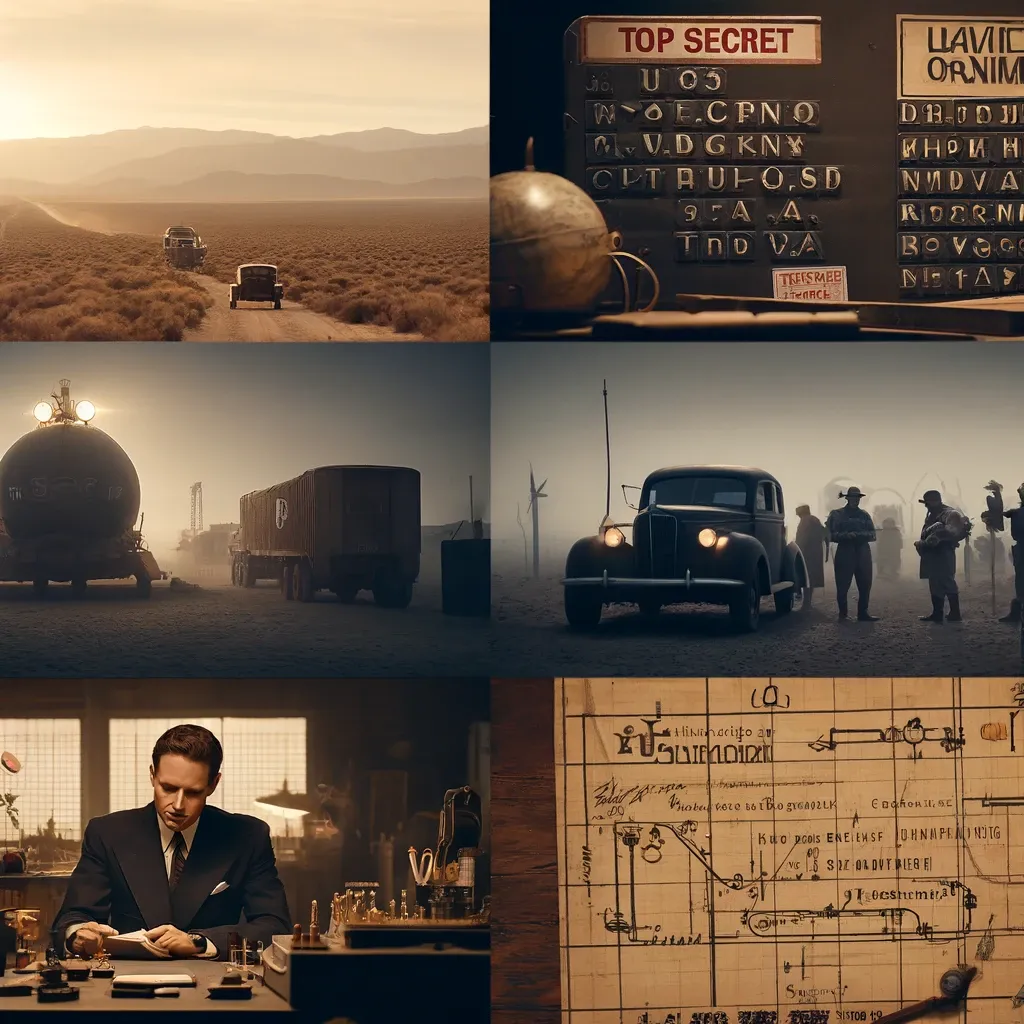
Reactions to the event are described with varying attitudes:
- Attempts to control: "The big shots, try to hold it back" suggests efforts by powerful figures to manage and control the new reality of nuclear weapons.
- Denial and hope: "Fools try to wish it away" depicts a futile denial of the harsh realities, while "The hopeful depend on a world without end" shows a reliance on optimism and the desire for a peaceful future.
- Contrasting views: "Whatever the hopeless may say" acknowledges the presence of pessimism and despair among those who see no positive outcome from the advent of nuclear weapons.
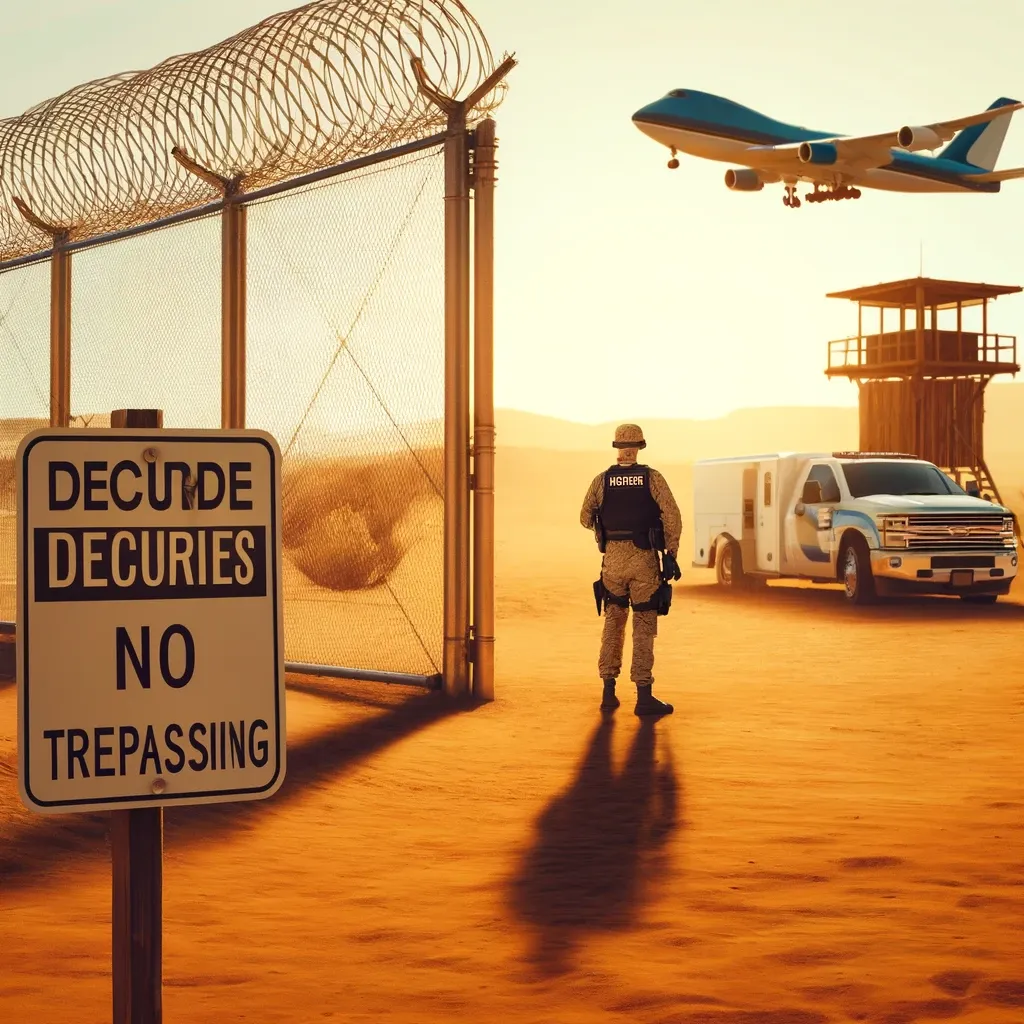
The lyrics provide a detailed narrative of the assembly and efforts of scientists involved in the Manhattan Project, capturing both the secrecy and the profound implications of their work:
- Origin of the project: "Imagine a place / Where it all began / They gathered from across the land" sets the scene of scientists converging at a specific location to initiate the project. This refers to the assembly of scientists at Los Alamos, New Mexico.
- Secrecy and isolation: "To work in the secrecy of the desert sand" emphasizes the clandestine nature of their work, conducted in the isolated environment of the desert, away from prying eyes and potential threats.
- Elite team: "All of the brightest boys / To play with the biggest toys" highlights that the project recruited the top scientific minds, referring to the development of the most advanced and powerful weaponry of the time—nuclear bombs.
- Unexpected consequences: "More than they bargained for" suggests that the scientists might not have fully anticipated the far-reaching consequences of their work, both in terms of the immediate destruction and the long-term geopolitical ramifications.
The chorus reflects the impact and aftermath of the bomb's detonation:
- Cataclysmic event: "The big bang, took and shook the world / Shot down the rising sun" reiterates the significant and devastating impact of the atomic bomb, with "rising sun" symbolizing Japan, which was directly affected by the bombings of Hiroshima and Nagasaki.
- Hope and despair: "The hopeful depend on a world without end / Whatever the hopeless may say" contrasts the optimistic outlook of those who believe in a future beyond the destruction with the pessimism of those who see the bomb as a harbinger of doom.
Contextual insights from Rush's "Power Windows" album:
- Power dynamics: The album examines various facets of power, with these lyrics specifically addressing the power wielded through scientific and technological advancements.
Historical and emotional depth: Neil Peart's thorough research into the Manhattan Project ensured that the lyrics are grounded in historical reality while also conveying the emotional and ethical complexities faced by those involved.
The context provided by the band's album "Power Windows" sheds further light on these lyrics:
- Theme of power: The album explores various facets of power, including scientific advancements and their implications.
Historical significance: The song captures a pivotal moment in history, emphasizing the profound impact of the Manhattan Project on global politics and warfare.
The song is a reflection on the profound influence of science and technology on human history and a contemplation of its double-edged nature, capable of both progress and destruction. Despite its challenging creation process, "Manhattan Project" achieved significant acclaim, peaking at number 10 on the Billboard Mainstream Rock chart and contributing to the album's success.
Rush's meticulous approach to their music is evident in these lyrics. Neil Peart's extensive research into the Manhattan Project ensured an accurate and nuanced portrayal of the scientists' experiences and the moral dilemmas they faced. The band's effort to match the lyrical structure with the musical composition ensured that the song conveyed the intended emotional and intellectual depth.
In the context of Rush's album "Power Windows":
- Theme of power: The album explores various dimensions of power, including the destructive potential of scientific advancements.
- Historical significance: The lyrics reflect on the historical impact of the Manhattan Project and the atomic bomb, considering both the immediate devastation and the long-term implications for global politics and human existence.


Comments ()